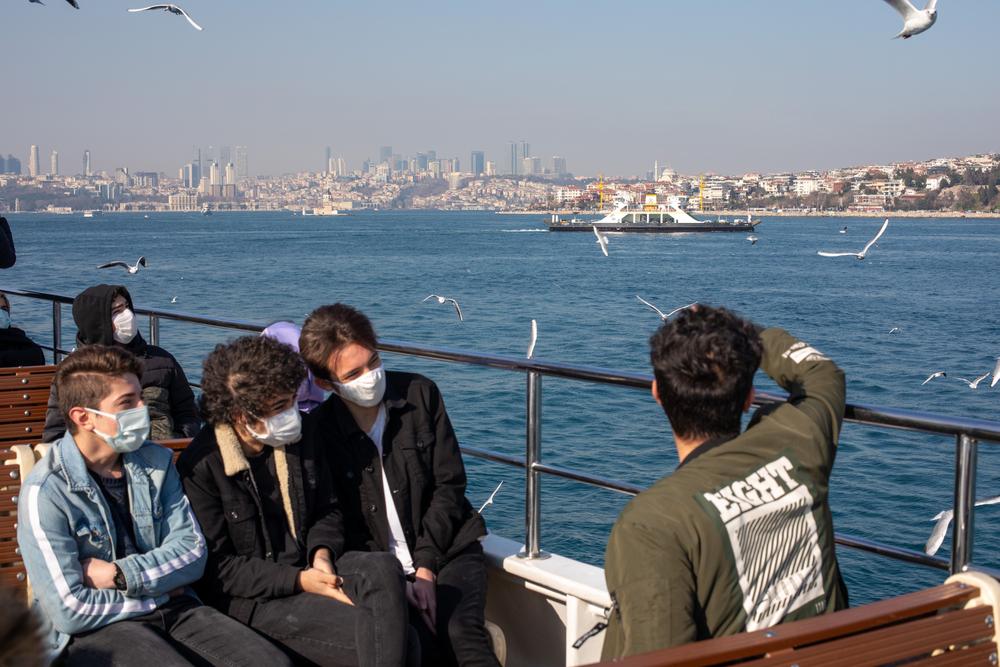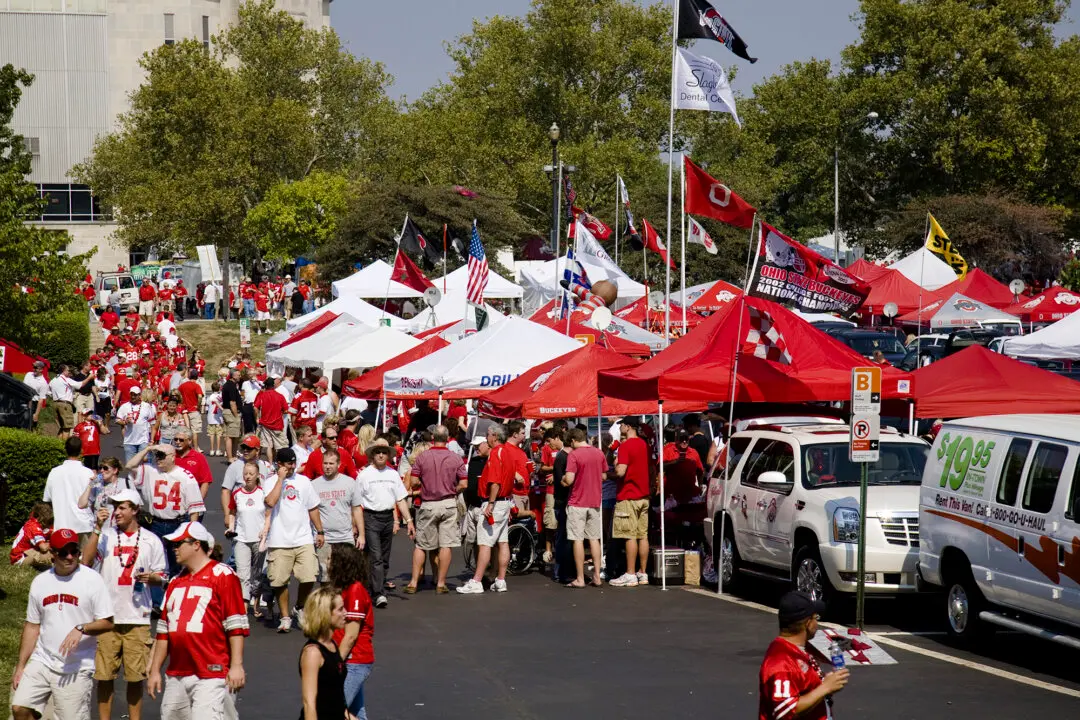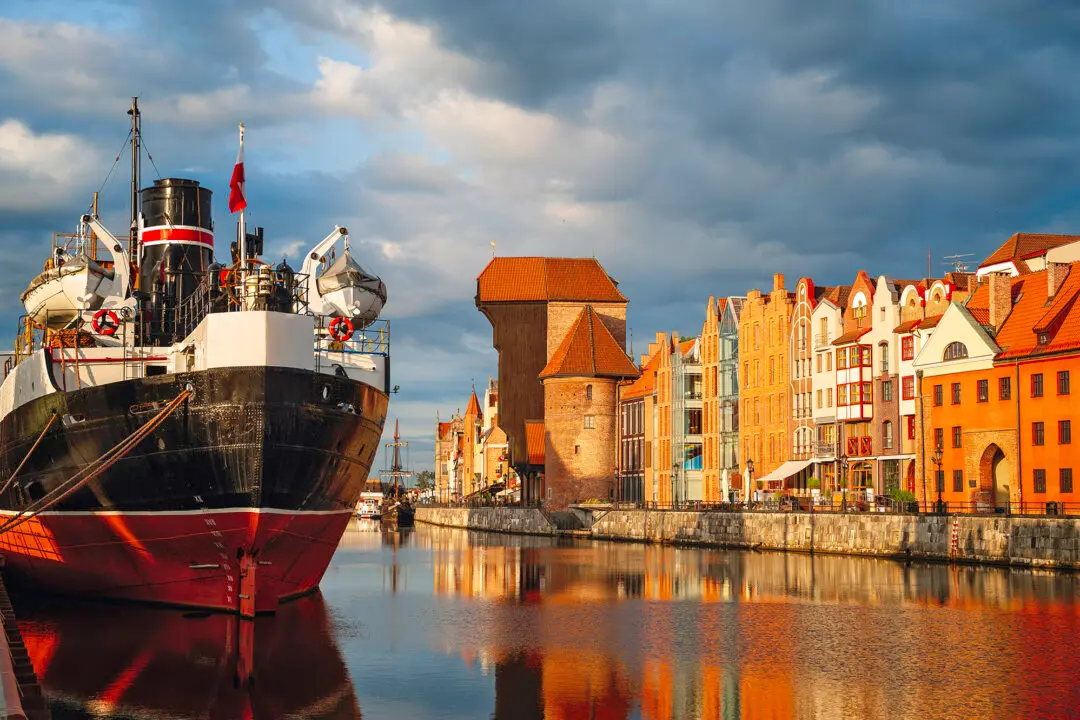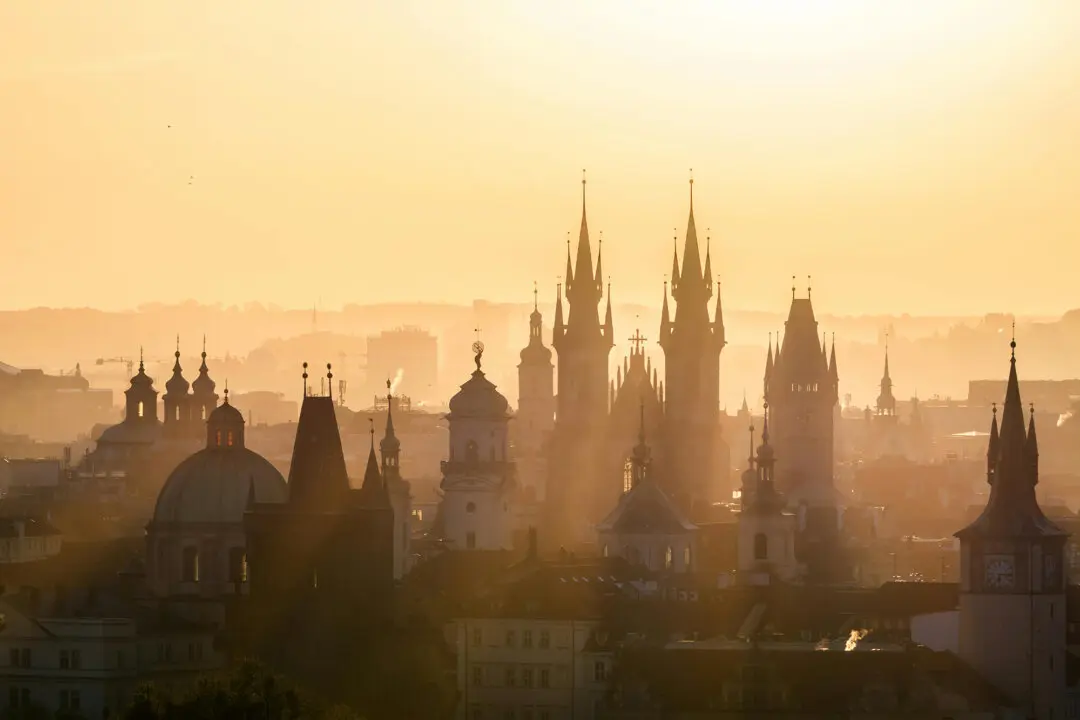The fare was only a couple of coins, but they carried me to a whole other continent. Behind me, just a memory, were the famous spires and domes of Topkapi Palace and Hagia Sophia and the Blue Mosque, packed to the gunnels with tourists. But here on the Asian side—called Anatolia, by locals—was a little more mystery.

Passengers travel on the Eminonu-Kadikoy ferry on Feb. 22, 2021. tolgaildun/Shutterstock





